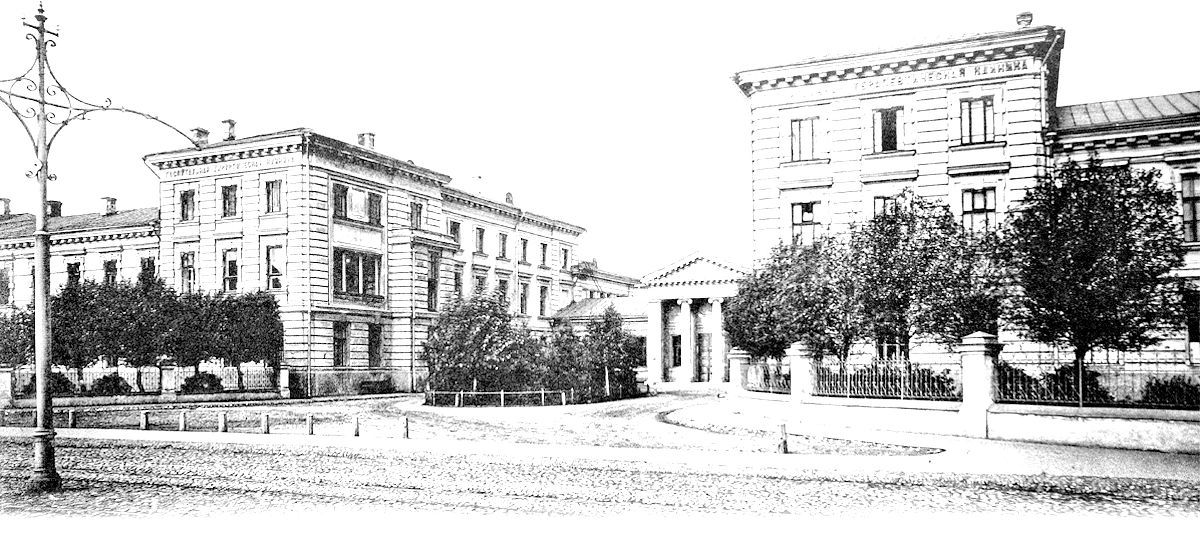Benign prostatic hyperplasia
- Details
- Published: 04 November 2018
Benign prostatic hyperplasia (BPH or prostate adenoma) is a benign enlargement of the prostate gland.
The causes of benign prostatic hyperplasia has not established yet. At the same time, it is known that the factors affecting on the increase of the gland are the age and level of the male sex hormone (testosterone). With age, the prostate gland becomes more sensitive to the level of the male sex hormone and grows faster. A family history of the disease (it is presenting in a father, maybe a son) also increases the risk.
Most often, benign prostatic hyperplasia occurs in men over 45 years; at this age, active growth of cells of the prostate gland central part occurs. Due to growth, the prostate squeezes the urethra and partially blocks the urine flow.
Benign prostatic hyperplasia is not always a threat to health and is not associated with the development of prostate cancer. However, in the absence of the necessary timely treatment, an overstretching of the walls of the bladder occurs and, as a result, chronic renal failure may further occur.
Prolonged emptying of the bladder, hypothermia, unhealthy diet, alcohol intake are the factors that can cause acute urinary retention. However, qualified treatment of the disease at an early stage allows to restore normal urination and also prevents disruption of the urinary system.
Symptoms of benign prostatic hyperplasia
Signs of benign prostatic hyperplasia are:
- weak urine flow
- prolonged waiting before urination
- interruptions during urination
- stress while urinating
- frequent urination
- urination at night
- feeling of incomplete emptying of the bladder
Diagnostics of benign prostatic hyperplasia
A complex of examinations, including transrectal ultrasound (TRUS) of prostate, are held. It allows to determine the size of the prostate and estimate its structure. An ultrasound examination of the bladder is also performed, which allows to determine the volume of urine that remains in the bladder after urination.
Urodynamic test (uroflowmetry) helps to measure the flow of urine and to assess the degree of narrowing of the urethra with hyperplastic tissue.
Treatment of benign prostatic hyperplasia
The treatment of benign prostatic hyperplasia depends on the patient condition. Surgical intervention is recommended if the disease progresses with conservative treatment or the amount of residual urine remaining in the bladder after urination exceeds 50 ml.
In the Department of Urology at Sechenov University, the endoscopic enucleation of the prostate (HOLEP) is performed using laser (holmium). This method is the "gold standard" for treating BPH. Removal of prostate tissue with a laser is performed without external incisions using endoscopic techniques through the urethra. During the HOLEP , it is possible to remove adenomatous tissue of any size, there are a short period of postoperative recovery, practically no blood loss and no postoperative scars.
In some cases, transurethral resection of the prostate (TURP) is used. TURP is also an endoscopic procedure, without a cut on the body. There are some difference between TURP and HOLEP. Adenomatous tissue is not excised with a laser, but it is cut off with an electric loop.
Removal of prostate tissue with an open approach, through a cavity incision in the lower abdomen, is considered outdated and more traumatic method. In the Department of Urology at Sechenov University it is used quite rarely.




